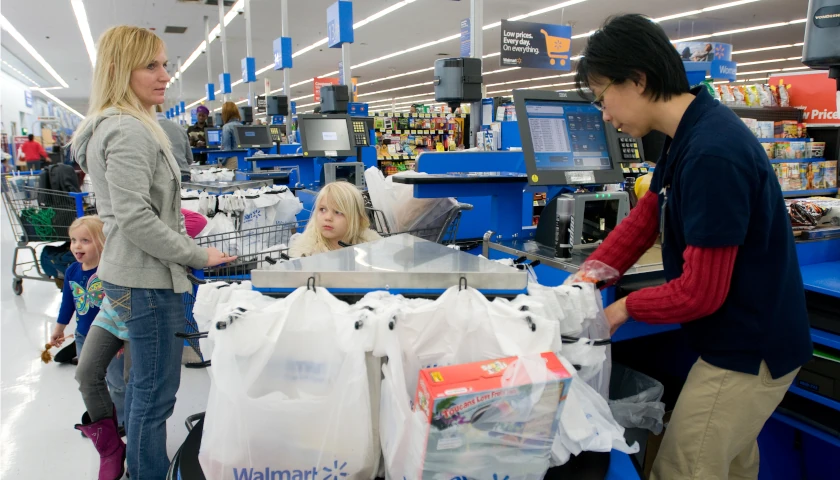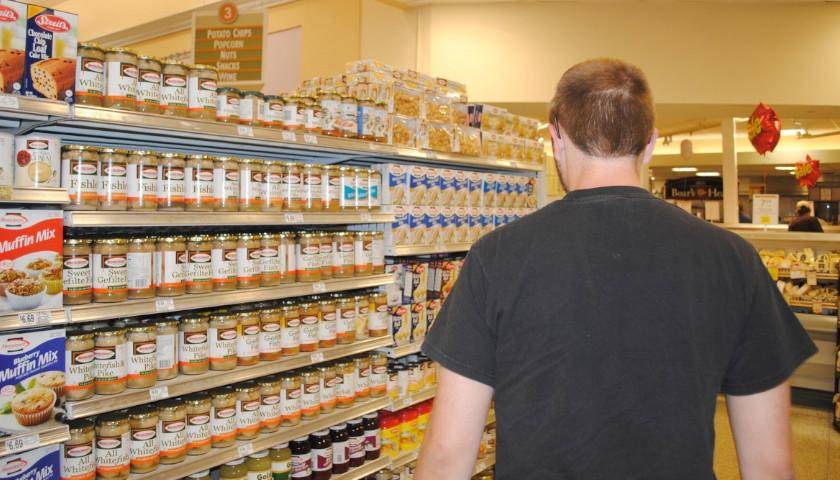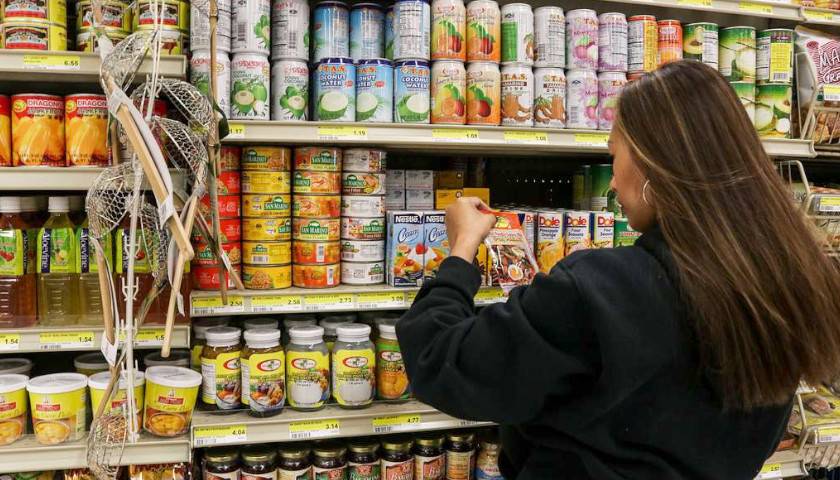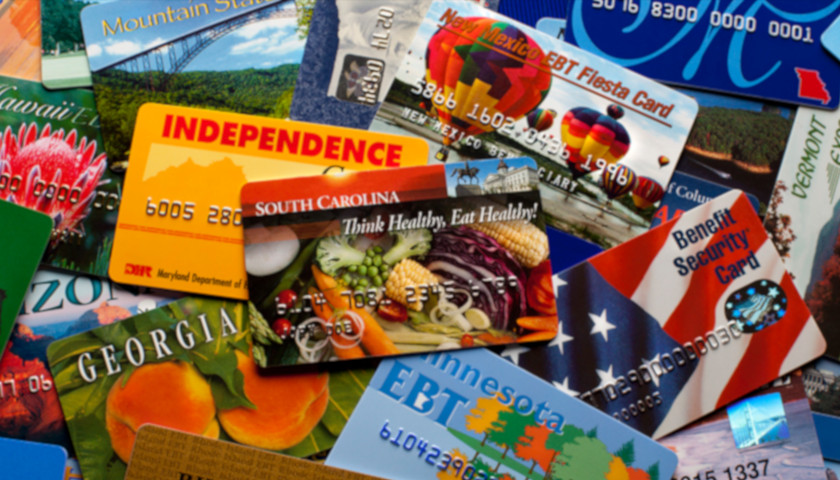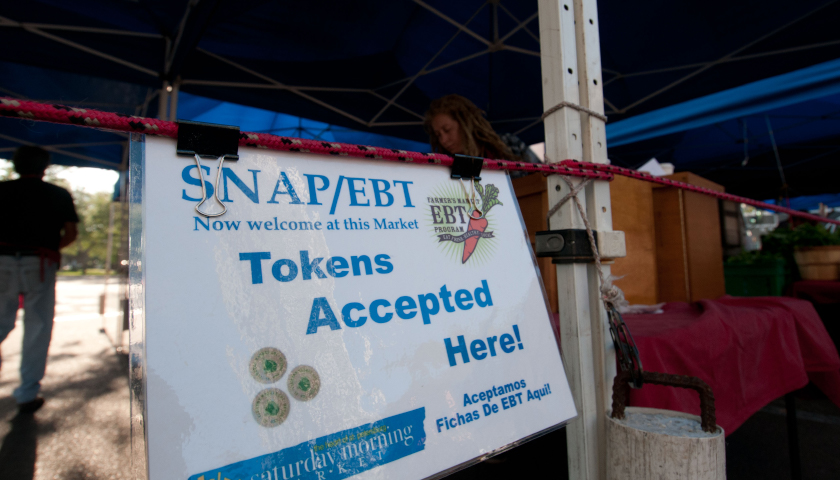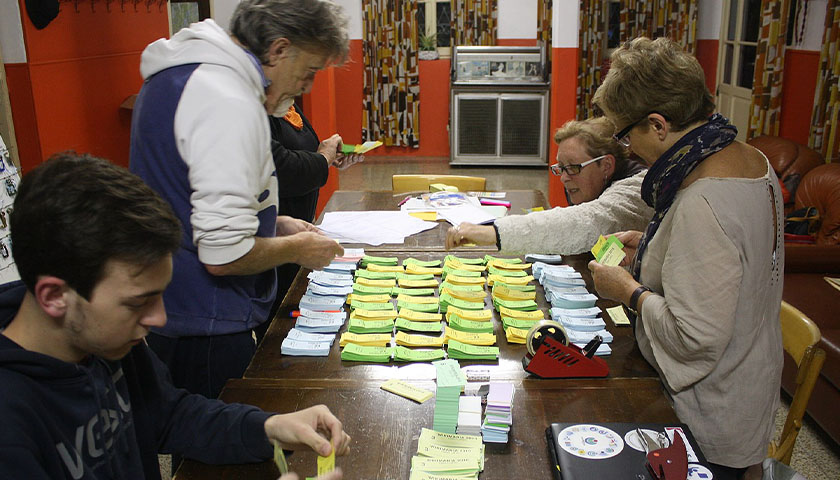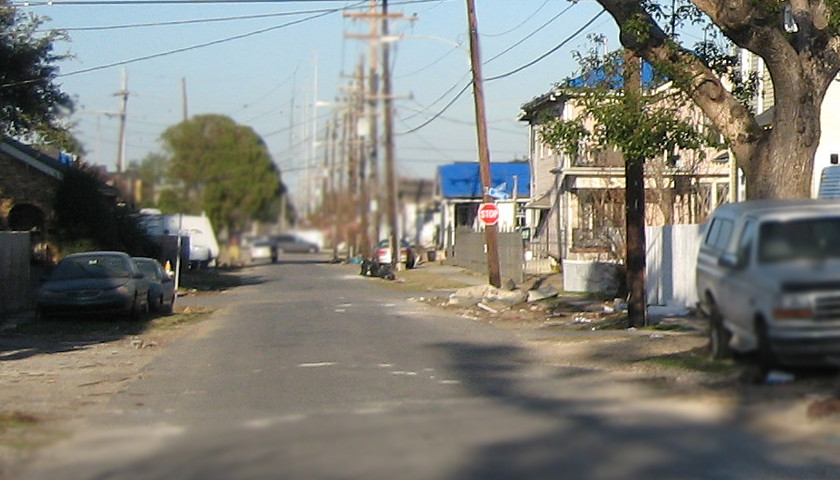The cost of food assistance in the U.S. has dropped from its peak during the pandemic, but is still 23% higher than it was during pre-pandemic times, according to the latest data from the U.S. Department of Agriculture.
The Supplemental Nutrition Assistance Program, what used to be called food stamps, peaked in costs December 2022 at $11.07 billion that month. That monthly cost dropped to $7.51 billion as of April 2024. There were about 41.6 million people collecting SNAP benefits as of April 2024.
Read More
